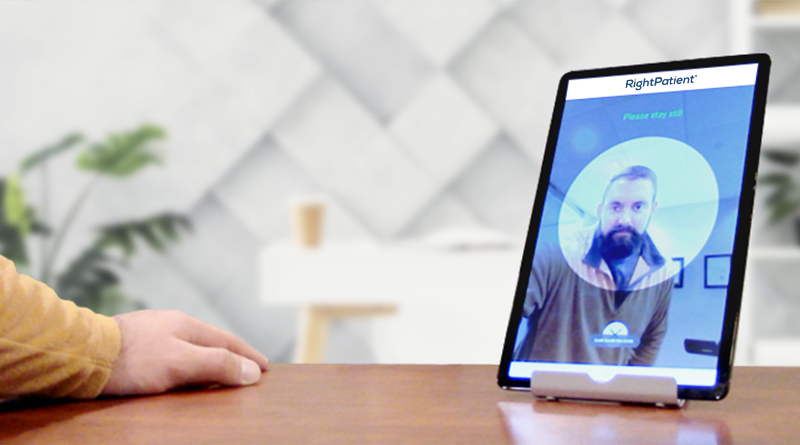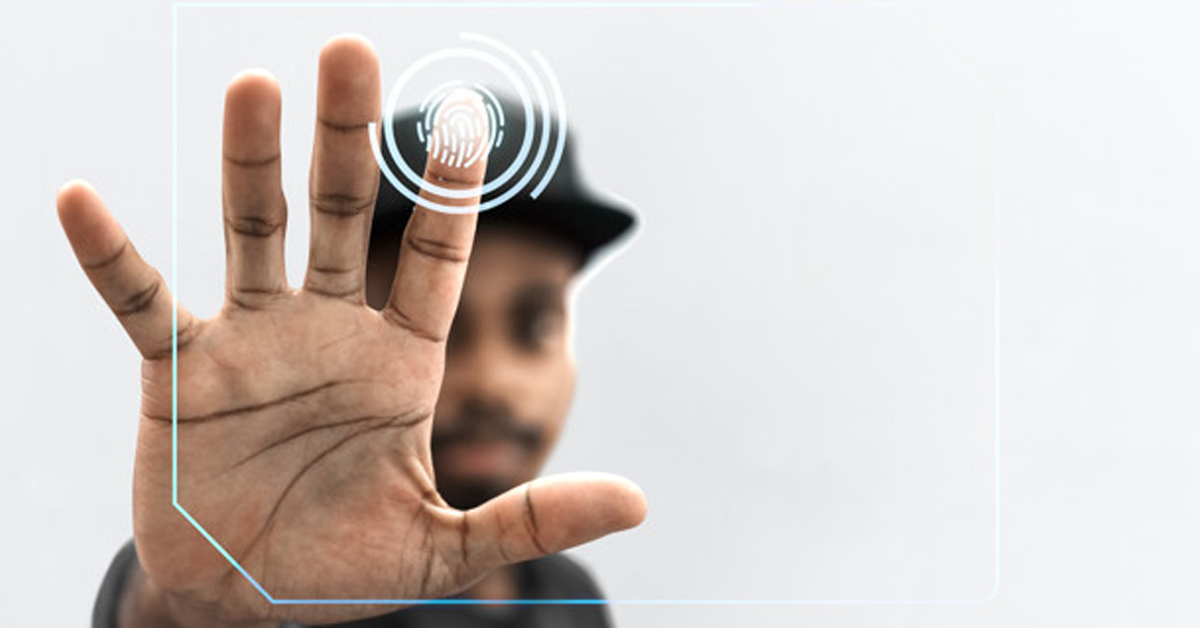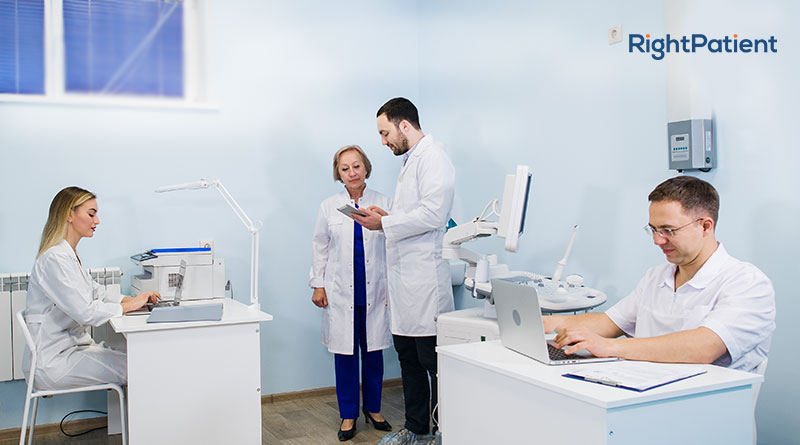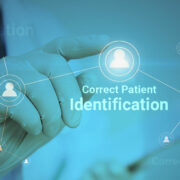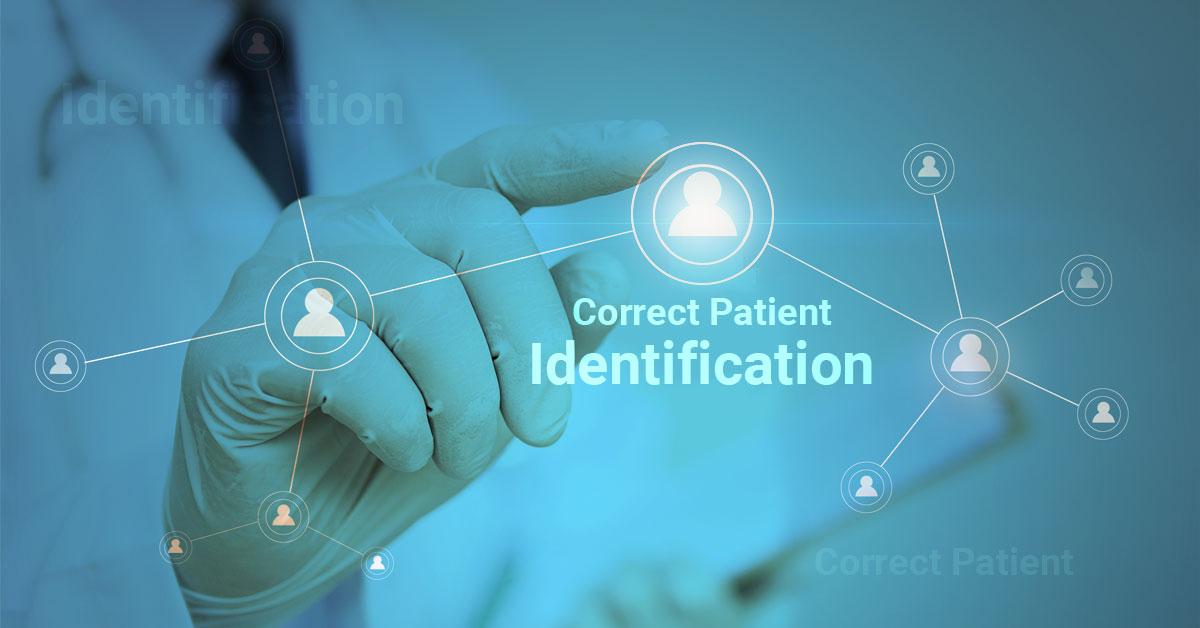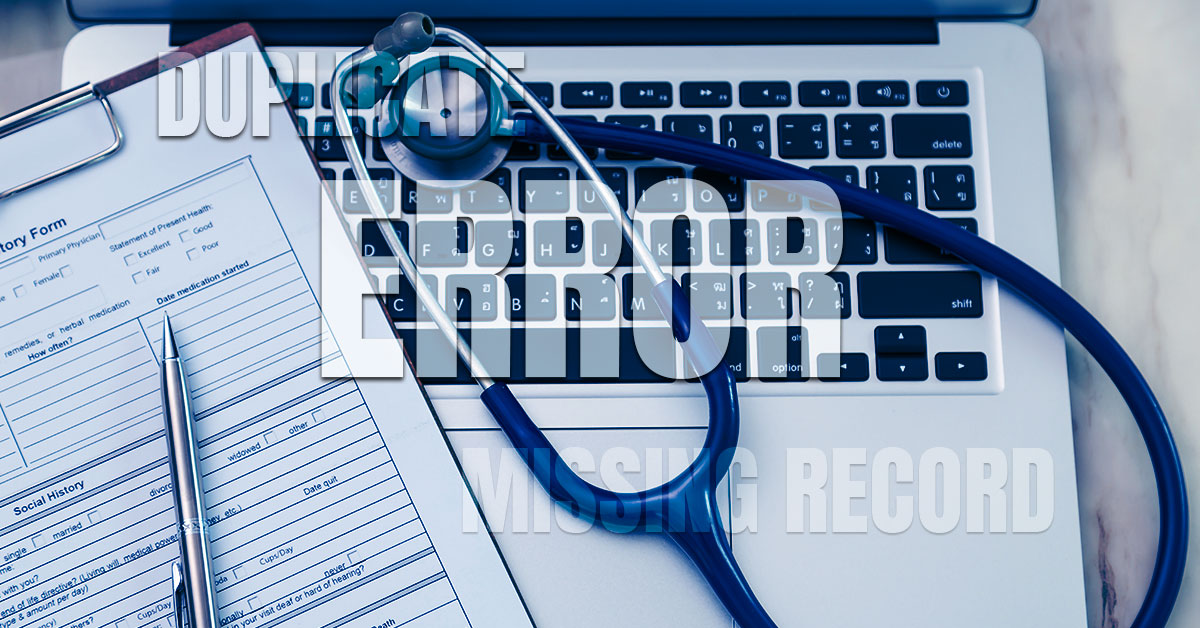Revamping Patient Identification in Healthcare with Iris Biometrics
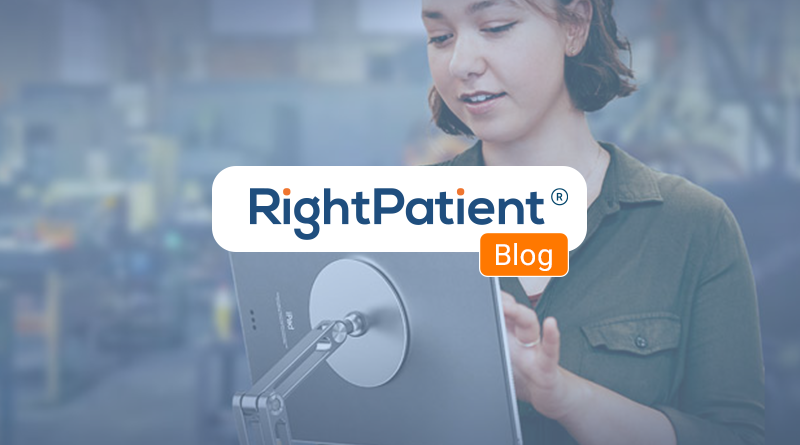
In the healthcare industry, patient misidentification is a critical issue that has far-reaching consequences. Unfortunately, a staggering 58% of medical errors can be traced back to patient misidentification, putting patients at significant safety risks. Furthermore, these errors severely impact the operational efficiency of healthcare organizations. Iris recognition, a cutting-edge biometric identification technology, is rapidly transforming this landscape, offering a revolutionary solution to patient identification.
RightPatient®, a pioneer in biometric patient identification, harnesses the power of advanced iris biometric technology to innovate patient identification processes. This innovative technology ensures maximum safety, efficient risk management, and life-saving precision. Notably, Novant Health, a leading integrated system of 14 medical centers, has successfully implemented this solution, witnessing remarkable results.
Novant Health was facing a unique challenge. The organization needed a safe, cost-effective patient identification technology solution capable of generating a unique identifier linked to every patient’s medical record. The goal was to eliminate issues such as duplicate medical records, overlays, and patient fraud. Additionally, the solution needed to integrate seamlessly with their existing Electronic Health Record (EHR) system.
The introduction of RightPatient® brought a significant shift in patient safety and accurate identification at Novant Health. Patients quickly adopted the system, recognizing its potential to protect their medical identity throughout the care continuum. The benefits exceeded initial expectations, streamlining the patient registration process, and significantly enhancing identification accuracy.
In today’s world, where concerns about infectious diseases are high, the touchless mechanism of RightPatient® has proven crucial in maintaining a sanitary healthcare environment. The system’s performance persisted even when dealing with unconscious, disoriented, or urgent care patients, demonstrating its robustness in varied scenarios.
RightPatient® eradicates the need for ID cards or PINs, which are often prone to fraud and other risks. Instead, it leverages the unique features of each individual, providing accurate patient identification within seconds. This not only saves time but also minimizes potential errors.
The successful implementation of the RightPatient® iris biometric identification system at Novant Health highlights its effectiveness and reliability. It has emerged as a trusted solution in the rapidly evolving healthcare landscape. By incorporating this technology, Novant Health not only improved its operational efficiency but also significantly enhanced patient safety and satisfaction.
RightPatient® is becoming a key player in shaping the future of patient identification. It offers scalability, broad implementation, and risk mitigation. Experience the revolution in patient identification—schedule a demo of RightPatient today.
How to Implement RightPatient® in Your Healthcare Organization
- Identify the Need: Recognize the issues of patient misidentification, duplicate medical records, overlays, and patient fraud in your healthcare organization. Understand the need for a safe, cost-effective patient identification technology solution.
- Choose RightPatient®: Opt for RightPatient®, which uses advanced iris biometric technology for patient identification. It generates a unique identifier linked to every patient's medical record.
- Integrate with Existing Systems: Ensure that RightPatient® integrates seamlessly with your existing Electronic Health Record (EHR) system.
- Train Staff: Train your healthcare staff to use RightPatient® for patient identification. The system is easy to use and provides patient identification within seconds.
- Monitor and Evaluate: Regularly monitor and evaluate the effectiveness of RightPatient® in improving patient safety and operational efficiency in your healthcare organization.
FAQs
- What is patient misidentification?
Patient misidentification refers to the incorrect identification of a patient, often leading to medical errors. It is a significant issue in the healthcare industry, with 58% of medical errors traced back to this problem. - What is iris recognition?
Iris recognition is a biometric identification technology that uses the unique patterns in an individual's iris for identification. It is a non-contact and hygienic method of identification. - What is RightPatient®?
RightPatient® is a biometric patient identification system that uses advanced iris recognition technology. It ensures maximum safety, efficient risk management, and life-saving precision in patient identification. - How has Novant Health benefited from RightPatient®?
Novant Health has successfully implemented RightPatient®, which has streamlined the patient registration process, enhanced identification accuracy, and improved patient safety and satisfaction. - How does RightPatient® contribute to a sanitary healthcare environment?
RightPatient® uses a touchless mechanism for patient identification, which is crucial in maintaining a sanitary healthcare environment, especially in the context of high concerns about infectious diseases.















